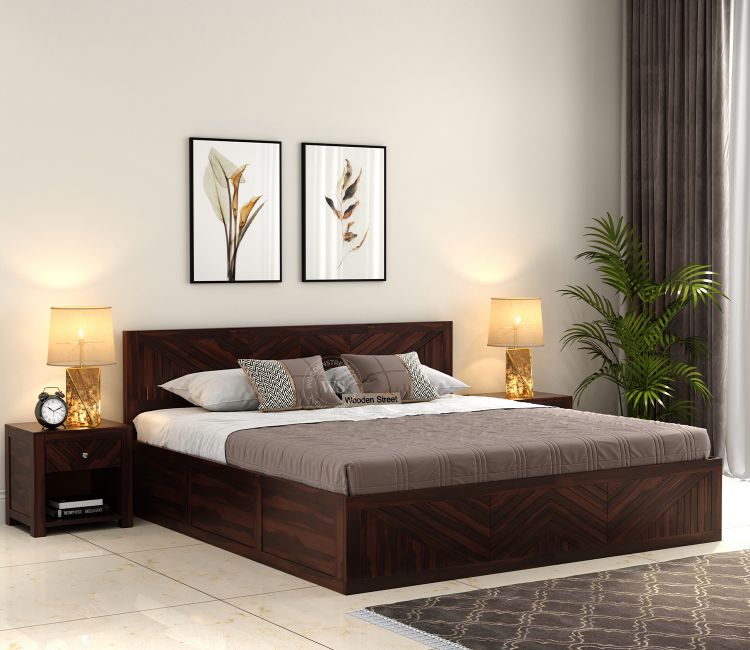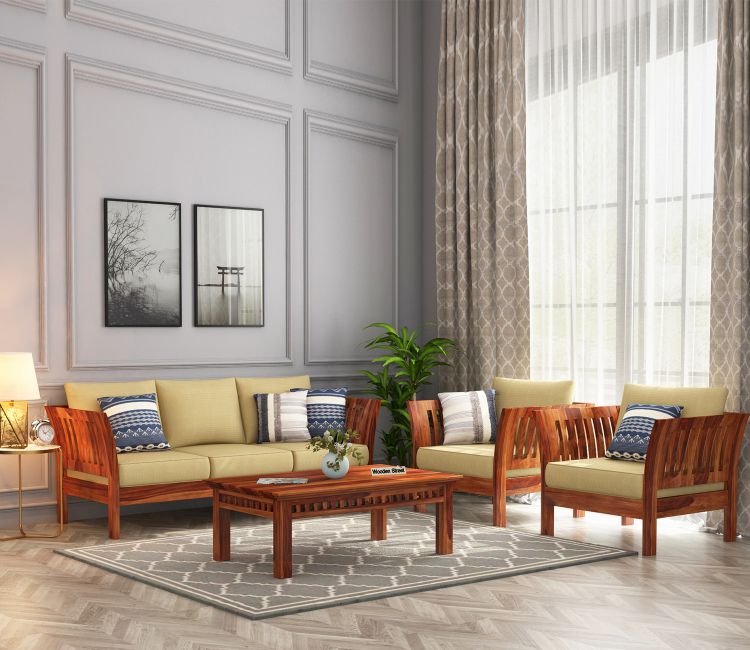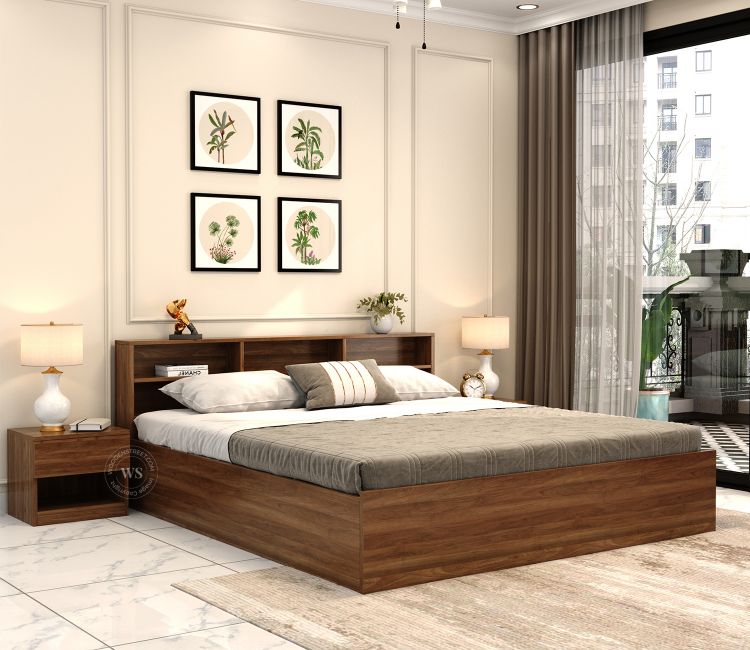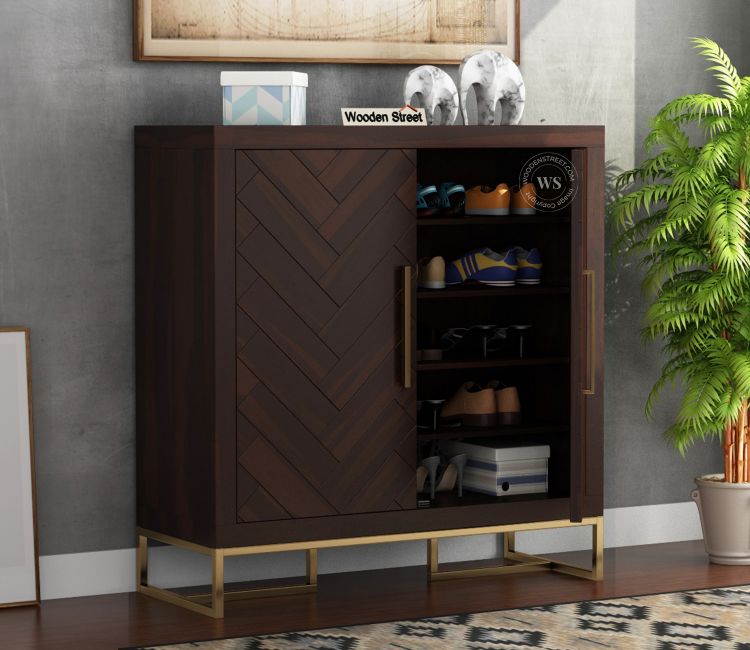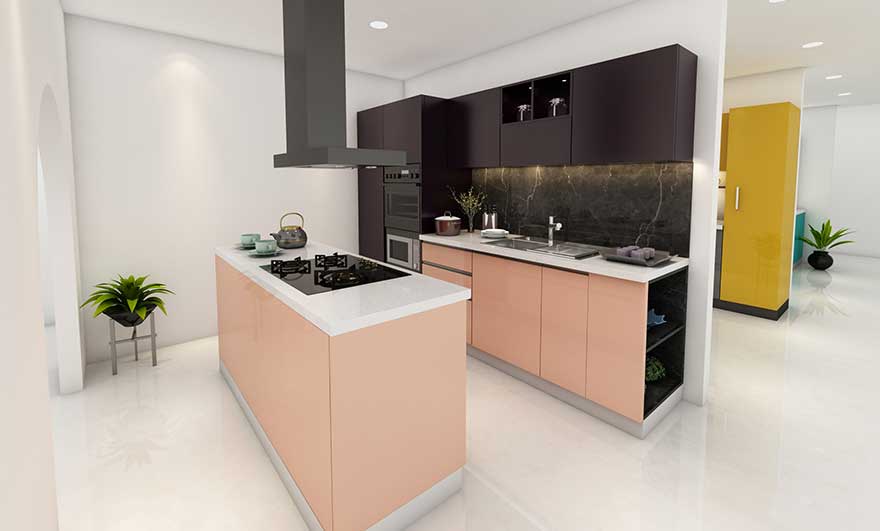The Comprehensive Guide to Choosing the Perfect Floor Mats in 2024
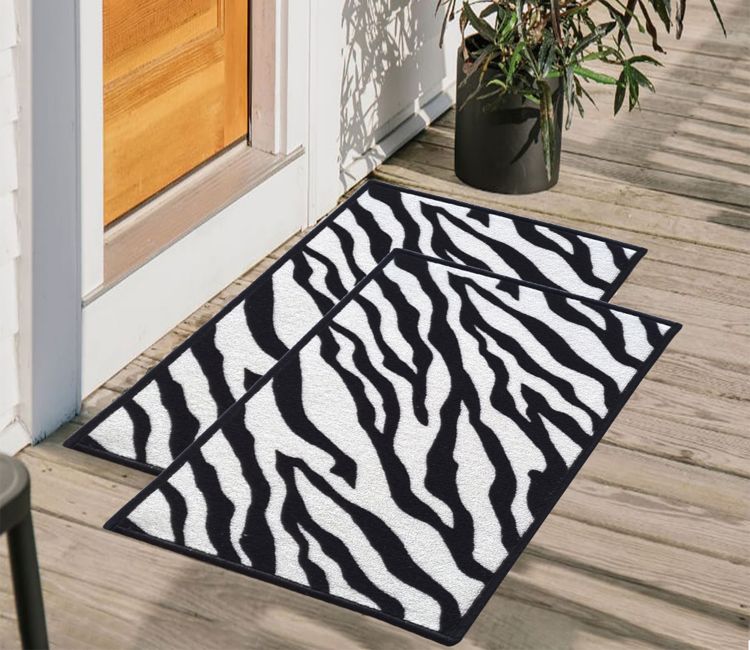
Strong 8k brings an ultra-HD IPTV experience to your living room and your pocket.
When choosing the right floor mat for your space, several factors come into play to ensure you select the best option for your needs. Here’s a detailed breakdown of these factors:
1. Purpose of the Mat
Understanding the primary function of the mat is crucial in determining its suitability for your space.
Decorative vs. Functional: Are you looking for a mat to add aesthetic appeal, or do you need something functional, like a safety mat for a slippery area? Knowing this can guide your selection.
Indoor vs. Outdoor Use: Consider where the mat will be placed. Outdoor mats need to withstand weather conditions, while indoor mats might prioritize comfort and style.
2. Size
The size of the mat can significantly impact the overall look and functionality of your space.
Room Dimensions: Measure the area where you plan to place the mat to ensure it fits well without overwhelming the space. A common guideline for area rugs is that they should extend under the front legs of your furniture to create a cohesive look.
Traffic Flow: Ensure that the mat size allows for easy movement around the room. In entryways, a mat that’s too large can obstruct doorways, while one that’s too small may not effectively trap dirt and moisture.
3. Material
The material of the mat affects its durability, comfort, and maintenance requirements.
Durability: Consider the amount of foot traffic the mat will experience. High-traffic areas may benefit from synthetic materials like nylon or polypropylene, while natural fibers like wool offer a softer feel but may require more maintenance.
Comfort: For areas where you stand for long periods, such as kitchens, look for mats with cushioning or anti-fatigue features.
Water Resistance: In bathrooms or kitchens, opt for mats made from water-resistant materials to prevent mold and mildew.
4. Style and Design
The style of the mat should complement your existing decor while expressing your personal taste.
Color and Pattern: Choose colors and patterns that harmonize with your furniture and wall colors. Bold designs can make a statement, while neutral colors may blend seamlessly into the background.
Texture: Consider the texture of the mat, as it can add depth to your decor. A plush rug can create a cozy atmosphere, while a flatweave mat may offer a more contemporary look.
5. Maintenance and Care
Different materials require varying levels of care, so it's essential to consider how much maintenance you're willing to commit to.
Ease of Cleaning: Look for mats that are machine washable or have removable covers for easy cleaning. Some mats are designed to be spot cleaned, while others may require professional cleaning.
Stain Resistance: If the mat will be placed in an area prone to spills, consider stain-resistant options to keep it looking new.
6. Safety Features
Safety is a key consideration, especially in areas that may be prone to slips and falls.
Non-Slip Backing: Many mats come with non-slip backing to keep them in place. This feature is crucial for bathroom and kitchen mats, where moisture can create hazards.
Thickness: Thicker mats can provide more cushioning but may also be more prone to slipping if not secured properly.
7. Budget
Setting a budget before shopping can help narrow down your options.
Price Range: Floor mats for home come in a wide range of prices, from budget-friendly options to high-end designer pieces. Consider what you're willing to spend while keeping in mind that investing in a quality mat may save you money in the long run by reducing wear and tear on your flooring.
8. Eco-Friendliness
With an increasing focus on sustainability, many consumers now seek eco-friendly options.
Sustainable Materials: Look for mats made from natural fibers, recycled materials, or those produced through environmentally friendly manufacturing processes.
Certifications: Some products come with certifications that guarantee their eco-friendliness, so be on the lookout for these labels when shopping.
9. Brand Reputation
The reputation of the brand can indicate the quality of the product you’re considering.
Reviews and Ratings: Check customer reviews and ratings to gauge the experiences of others. This can help you identify any potential issues with durability, comfort, or ease of cleaning.
Return Policies: Consider brands that offer good return policies in case the mat doesn’t meet your expectations.
10. Personal Preferences
Finally, don’t overlook your personal preferences!
Aesthetic Choices: Choose a mat that resonates with your style and makes you feel good in your space. This can include unique designs, colors, or textures that reflect your personality.
Comfort Level: Spend some time walking on potential mats if you can. This helps ensure that the feel of the mat meets your comfort standards, especially in high-usage areas.
Choosing the right floor mat involves careful consideration of various factors, from purpose and size to material and style. By taking the time to assess your needs and preferences, you can find a floor mat that not only enhances the functionality and safety of your space but also elevates its aesthetic appeal. Whether you're looking for a cozy area rug for your living room or a durable mat for your entryway, understanding these factors will help you make an informed decision that you’ll be happy with for years to come. Happy shopping!
Note: IndiBlogHub features both user-submitted and editorial content. We do not verify third-party contributions. Read our Disclaimer and Privacy Policyfor details.



